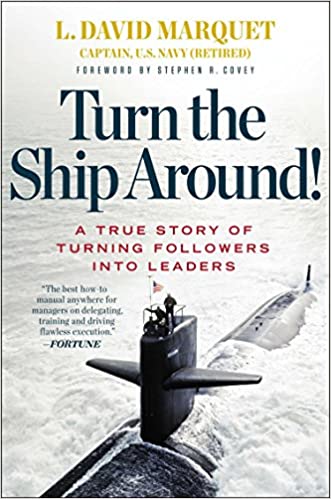A newsletter that started as a personal learning and getting-in-touch project by Ivan Krnic grew into a sociotechnical newsletter covering topics of technical excellence, organizational improvements, and productivity.
Value Stream Management
I remember back in the days when I was managing a data warehouse project. We were creating reports and some of them were such that it took the whole day to generate them. When we had an exotic error that we couldn’t troubleshoot with a small test dataset, we had to run the reports on full data. That took ages. I remember the feeling of having one try daily to find the error. It felt frustrating.
We understood how valuable it is to iterate fast on the way to the solution. So we did our best to make our development environment such that it supports fast iteration. And we were iterating fast. But we were iterating toward our vision of the solution. It turned out later that end users didn’t share our vision. Lesson learned: it’s not enough to iterate fast, you also need to iterate in the right direction, hence you need to include the end-user in the iteration to give you that feedback.
The sequence of steps and actions that need to happen for users to get their value is called a value stream. The key to iterating fast is to visualize and understand that sequence. Only then can we make informed decisions to improve the flow. The discipline of continuously tweaking the value stream so it results in the fastest possible flow is called Value Stream Management. It usually starts with Value Stream Mapping – the activity of mapping all the steps, their duration, and the people involved. It is super useful to look at the delivery process through the value stream lens since in some organizations this clearly identifies bottlenecks, unnecessary non-value-adding activities and incompatible organizational structures.
Looking at our efforts to improve the delivery process, automation helped us a lot in the early days. But automation and tools will only get us so far if we also don’t change processes, organization and interactions. This is where the Value Stream Management kicks in. It is the next step in our efforts to improve the delivery process. The one that takes the holistic view in helping us get feedback from the users faster by speeding up that iteration that goes all the way to the users.
I talked to Brian Muskoff about Value Stream Management and you should definitely check out that 0800-DEVOPS podcast episode.
Interview of the Month

Value Stream Mngmt with Brian Muskoff
Brian Muskoff is the Director of Product Management for HCL Software DevOps. As a Peter-Drucker-nerd (hey, those are his words! :-), he has extensive experience in supporting teams and building tools that support DevOps culture. Listen to our conversation and find out why Value Stream Management should be on your radar and what can you expect if you’re starting with it. We even touched upon AI in the software delivery process – will we ever control software delivery as we’re controlling manufacturing processes? PS. don’t forget to subscribe to our podcast series in your favorite podcast directory.
The cognitive load is the resident evil in organizations today! It shreds our focus and slows down the flow of value. Fortunately, Team Topologies offers a recipe to overcome it by forming the right structure of teams and establishing the right team interactions, thus supporting DevOps way of working.
Download CROZ case study and check out how Team Topologies helped us achieve a better flow of value and keep technology in check.
Hand picked
When an incident happens, we are all too quick to fix the problem. But, as soon as the problem is solved, we move to another fire, learning little or nothing about the previous incident and wasting an opportunity to avoid it in the future. Nora Jones writes about the importance of a learning-based approach to incidents and why it is central to Resilience Engineering.
Every complex system in nature started as a very simple one. If this applies to complex organisms, why do we think it doesn’t apply to complex IT systems or even complex socio-technical systems? Gall’s Law states precisely this.
FinOps is the practice of bringing financial accountability to the variable spend model of the cloud, enabling distributed teams to make business trade-offs between speed, cost, and quality. Bringing FinOps to Kubernetes-based systems is now possible with KubeCost.
Theoretical knowledge is a great foundation, but you need to start somewhere. Romnick Acabado shares where to start, best practices, and metrics that can help things going with Value Stream Management. He also emphasizes starting with a pilot (product) that is low risk but has a high impact on the business, identifying early adopters, and using them as change agents for creating or improving other value streams.
Value streams are most often associated with materials and information flow, but they can also be used as a good foundation for understanding the team development process. By creating a state diagram for each story in the sprint, the team can easily derive the amount of waste in the process and detect how it interacts with other teams and systems. This could lead to a deeper understanding of how your team operates and help organize the Kanban board according to these findings.
Read with us

Turn the Ship Around!: A True Story of Turning Followers into Leaders
Based on a true story by former Navy captain David Marquet, this book reveals how a change in the leadership model can turn even the worst-performing submarine crew into a high-performing team. It is a modern remake of how Toyota turned around failing NUMMI factory.
Imagine the stakes of transforming the dysfunctional nuclear submarine crew, hundreds of meters under the surface, isolated for months. That’s what captain Marquet did aboard USS Sante FE.
Photo by Joey Kyber from Pexels
Related News




